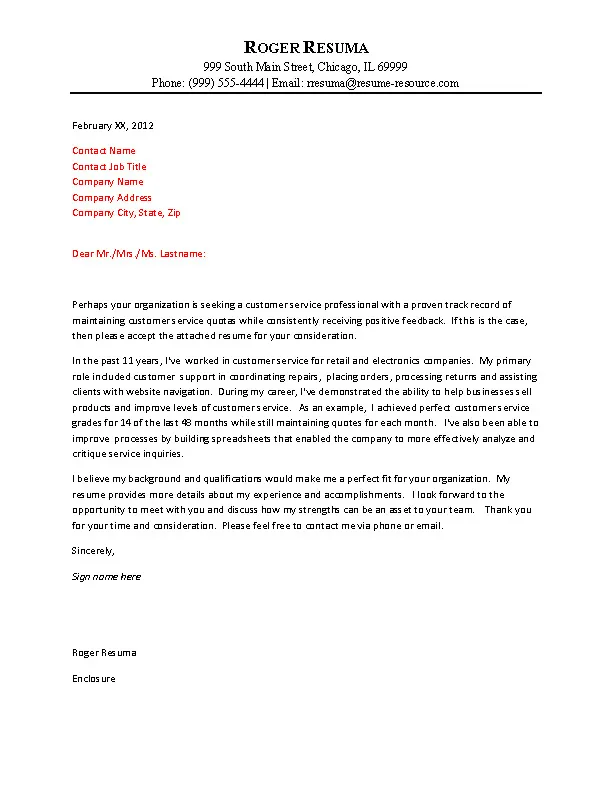Understanding the Importance of a Customer Service Cover Letter
A well-crafted customer service cover letter is your first opportunity to make a positive impression on a potential employer. In a competitive job market, a cover letter is not merely a formality; it’s a crucial tool to showcase your personality, skills, and enthusiasm for the role. It allows you to elaborate on the information in your resume, providing context and demonstrating how your experience aligns with the specific requirements of the customer service position. This initial communication is your chance to stand out from other applicants and convince the hiring manager that you are the ideal candidate. Without a compelling cover letter, your application may be overlooked, regardless of how impressive your resume appears. Taking the time to write a customized cover letter shows that you are serious about the opportunity and willing to go the extra mile to secure the job. A great cover letter gives you an edge, helping you get past the initial screening phase and land an interview.
Key Components of a Winning Customer Service Cover Letter
Your Contact Information and the Date
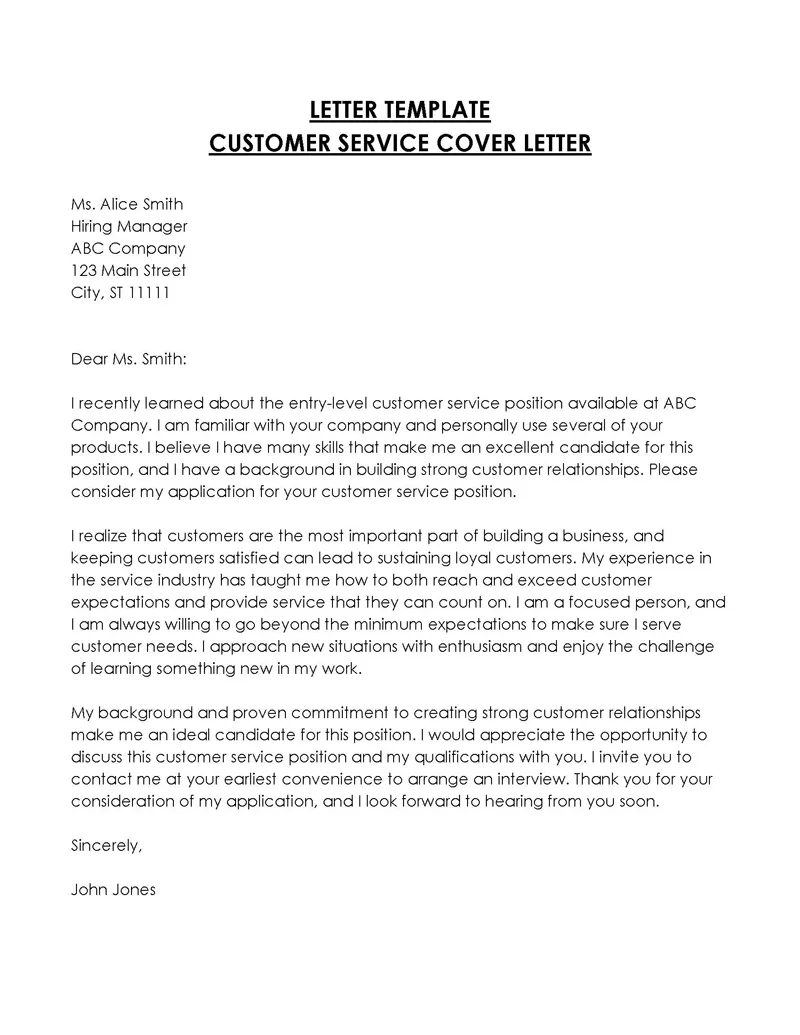
Start with your full name, address, phone number, and email address at the top of the letter. This information should be clearly displayed so the hiring manager can easily contact you. Directly beneath your contact information, include the date you are writing the letter. This provides a reference point and shows the employer how current your application is. Ensure the date is formatted correctly and consistent with professional standards. A clean and organized presentation of your contact details sets a professional tone for the entire cover letter and makes it easy for the hiring manager to reach out to you if your application is successful.
Addressing the Hiring Manager Correctly
Address the hiring manager by name whenever possible. Researching the company and finding out who is responsible for hiring can significantly improve your chances. If you can’t find a specific name, use a professional salutation such as “Dear Hiring Manager” or “Dear [Company Name] Hiring Team.” Avoid generic greetings like “To Whom It May Concern” as they can make your letter feel impersonal and show a lack of effort. Using the hiring manager’s name shows that you have taken the time to personalize your application and that you pay attention to details. This also creates a more direct connection and helps you stand out from other applicants who might not have done their research. If you’re unsure about the name, a quick search on LinkedIn or the company website can often provide the information you need.
Crafting a Compelling Opening Paragraph
The opening paragraph is your hook – it needs to grab the reader’s attention immediately. Clearly state the position you are applying for and where you found the job posting. Briefly highlight your most relevant skills or experiences that align with the role’s requirements. Express your enthusiasm for the company and the opportunity. For example, you could start by saying “I am writing to express my keen interest in the Customer Service Representative position at [Company Name], as advertised on [Platform].” Follow this with a brief overview of why you are a good fit. Remember, the goal is to make the hiring manager want to read the rest of your cover letter. Show your passion for customer service and your understanding of the company’s values.
Highlighting Relevant Skills and Experience
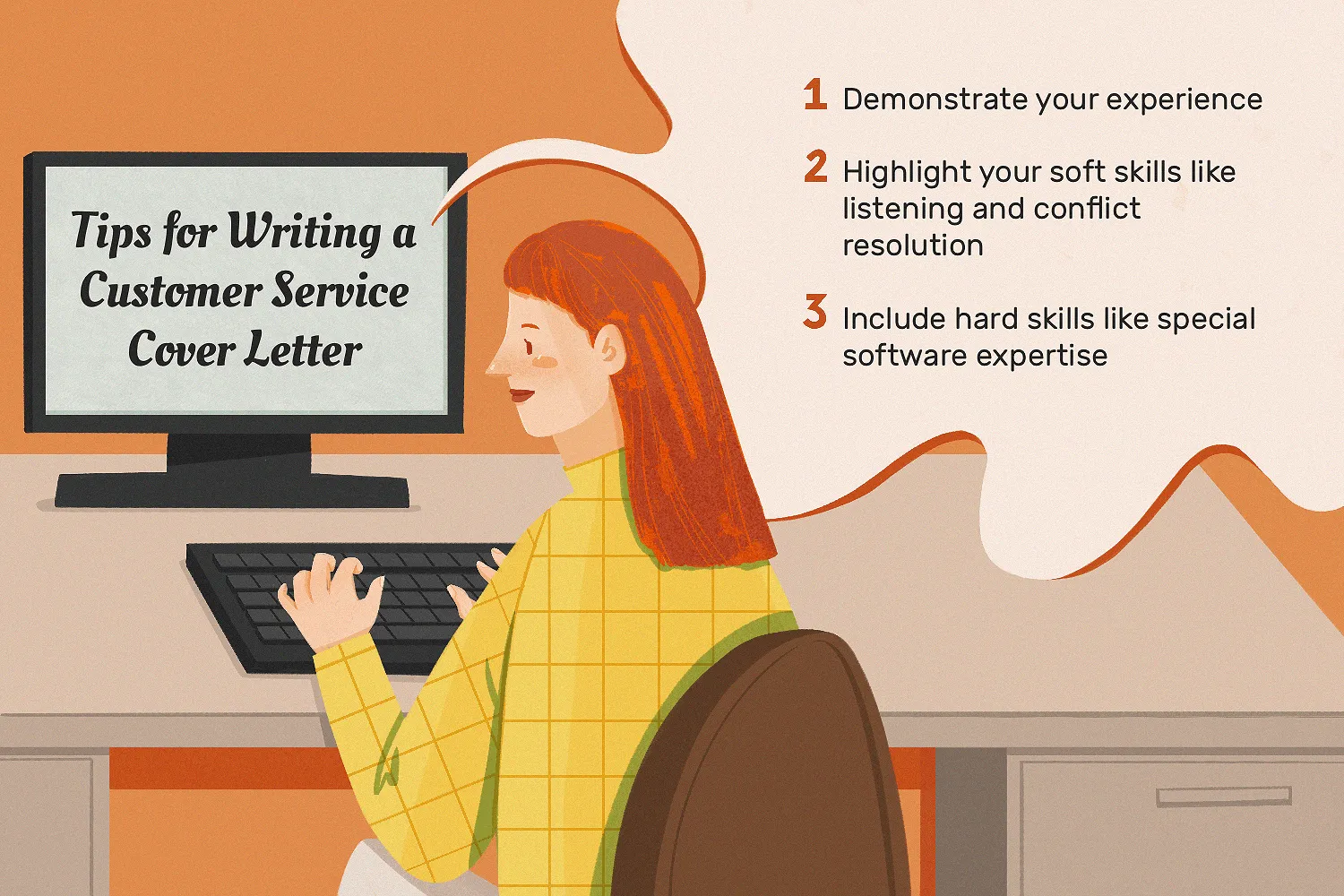
The body of your cover letter is where you provide specific examples of how your skills and experience make you an ideal candidate. Focus on the skills most relevant to the customer service role, such as communication, problem-solving, empathy, and conflict resolution. Use the job description as a guide to identify the key requirements and tailor your examples accordingly. Describe situations where you successfully used these skills. For instance, explain how you handled a difficult customer complaint or resolved a complex issue. Show, don’t just tell; provide concrete examples that demonstrate your ability to excel in customer service. Use action verbs to describe your accomplishments. For example, instead of saying “I was responsible for assisting customers,” write “I provided outstanding customer support by actively listening to and resolving customer inquiries.”
Quantifying Your Achievements
Whenever possible, quantify your achievements to demonstrate your impact. Use numbers and data to show how you have improved customer satisfaction, increased sales, or reduced customer complaints. For example, instead of saying “I improved customer service,” say “I improved customer satisfaction scores by 15% within six months by implementing a new feedback system.” Quantifying your achievements provides concrete evidence of your abilities and makes your cover letter more persuasive. If you do not have direct customer service experience, you can quantify achievements from other roles. For example, you could show how you improved efficiency or reduced costs in a previous position. Data and numbers make your cover letter more impactful and make it easier for the hiring manager to assess your value.
Showcasing Soft Skills
In addition to technical skills, customer service roles heavily rely on soft skills. Highlight your ability to communicate effectively, both verbally and in writing. Demonstrate your empathy, patience, and ability to remain calm under pressure. Provide examples of how you have successfully resolved conflicts or handled difficult customers. Mention your teamwork abilities, problem-solving skills, and adaptability. Show that you can handle multiple tasks simultaneously and prioritize effectively. Soft skills are essential in customer service, and showcasing them effectively in your cover letter can significantly improve your chances. Consider using keywords from the job description to emphasize the soft skills the employer values.
Demonstrating Company Knowledge
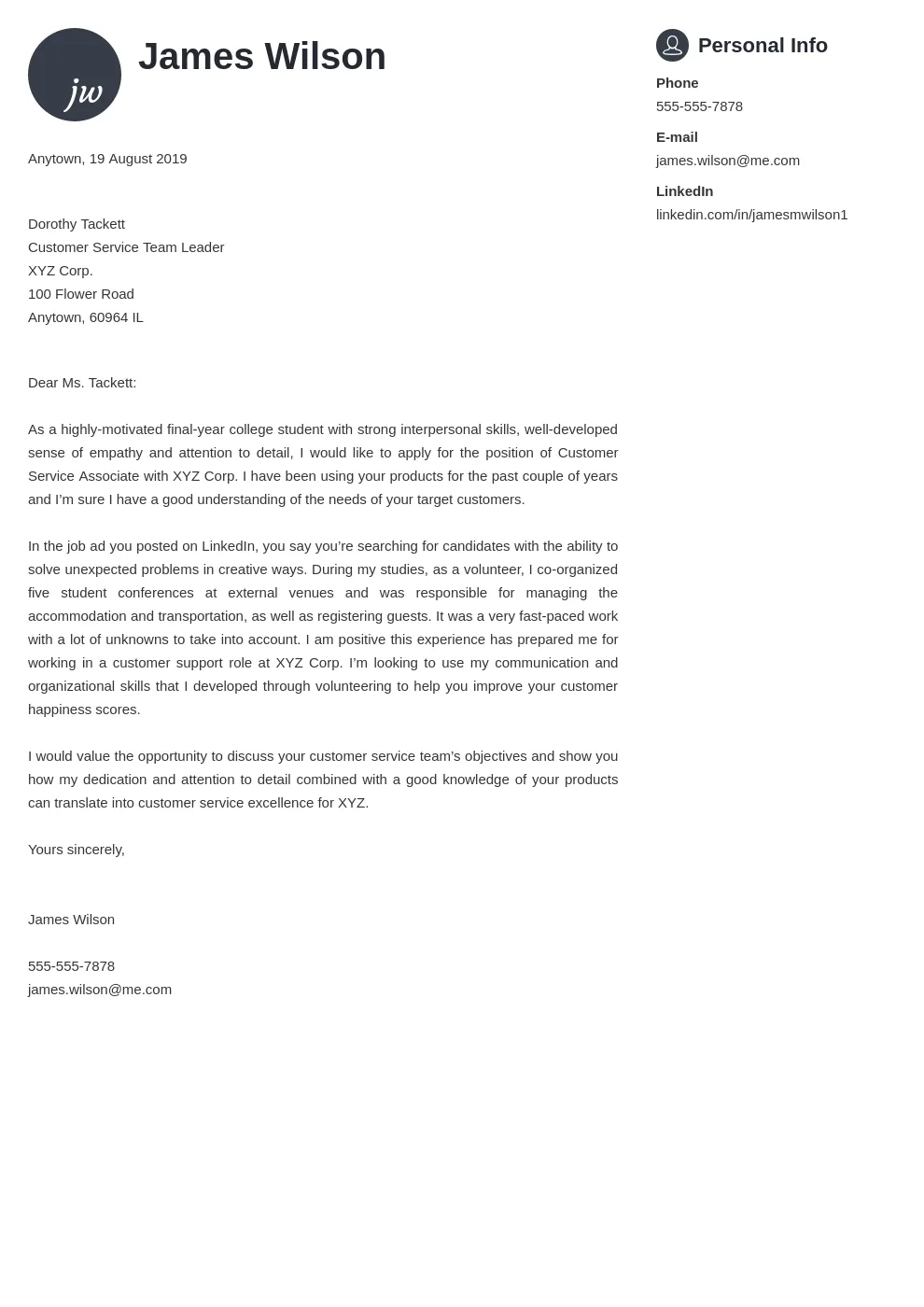
Show that you have done your research about the company. Briefly mention something that excites you about working there. Explain how your skills and values align with the company’s mission and culture. If you have used their product or service, mention your experience. Demonstrate that you understand their target audience and the challenges they face. Personalizing your cover letter to the specific company shows that you’re genuinely interested in the opportunity. It also helps the hiring manager see that you have thought about how you can contribute to their success. Including this information makes your cover letter more engaging and memorable.
Writing a Strong Closing Paragraph
Your closing paragraph should reiterate your interest in the position and thank the hiring manager for their time and consideration. Clearly state your availability for an interview and include a call to action, such as “I am eager to discuss how my skills and experience can contribute to [Company Name]’s customer service goals.” Reiterate your enthusiasm for the role and express your confidence in your ability to make a positive impact. End the cover letter with a professional closing, such as “Sincerely” or “Best regards,” followed by your full name. Make sure your closing paragraph reinforces your desire for the job and leaves a lasting positive impression.
Proofreading and Formatting Your Cover Letter
Formatting for Readability
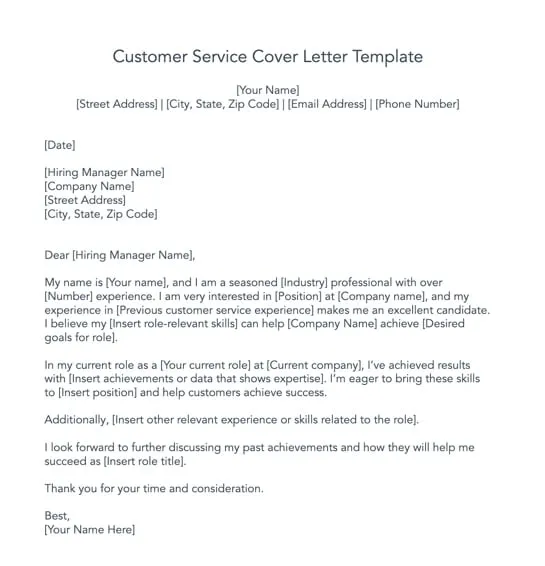
A well-formatted cover letter is easy to read and visually appealing. Use a professional font, such as Arial or Times New Roman, in a readable size (11 or 12 points). Use single spacing and left-align your text. Use clear headings and bullet points to break up large blocks of text and make it easier for the reader to scan your letter. Keep paragraphs concise and to the point. Avoid overly complicated language or jargon. White space is your friend – use it to create visual breathing room and prevent the letter from looking cluttered. A clean and well-formatted cover letter will show the hiring manager that you pay attention to detail.
Proofreading for Errors
Proofread your cover letter carefully for any grammatical errors, spelling mistakes, and typos. Errors can undermine your credibility and make you appear unprofessional. Use a spell checker, but also manually proofread your letter, as spell checkers don’t always catch all errors. Read your cover letter aloud to catch any awkward phrasing or sentences. Ask a friend or family member to review your letter for a second opinion. A fresh pair of eyes can often spot mistakes that you might miss. Proofreading is an essential step in the writing process – taking the time to ensure your letter is error-free is a sign of your attention to detail.
Using Keywords Effectively
Optimize your cover letter by incorporating relevant keywords from the job description. This helps your application get past applicant tracking systems (ATS) and ensures that your skills and qualifications are easily identified. However, avoid keyword stuffing, which can make your letter sound unnatural. Use keywords organically throughout your cover letter where appropriate. For example, if the job description emphasizes “communication skills,” use phrases like “I possess excellent communication skills” or “my communication abilities have been instrumental in…” Always ensure your cover letter reads naturally and is tailored to the specific job and company. Keywords are important, but they should not come at the expense of clear and effective writing.
Customer Service Cover Letter Examples
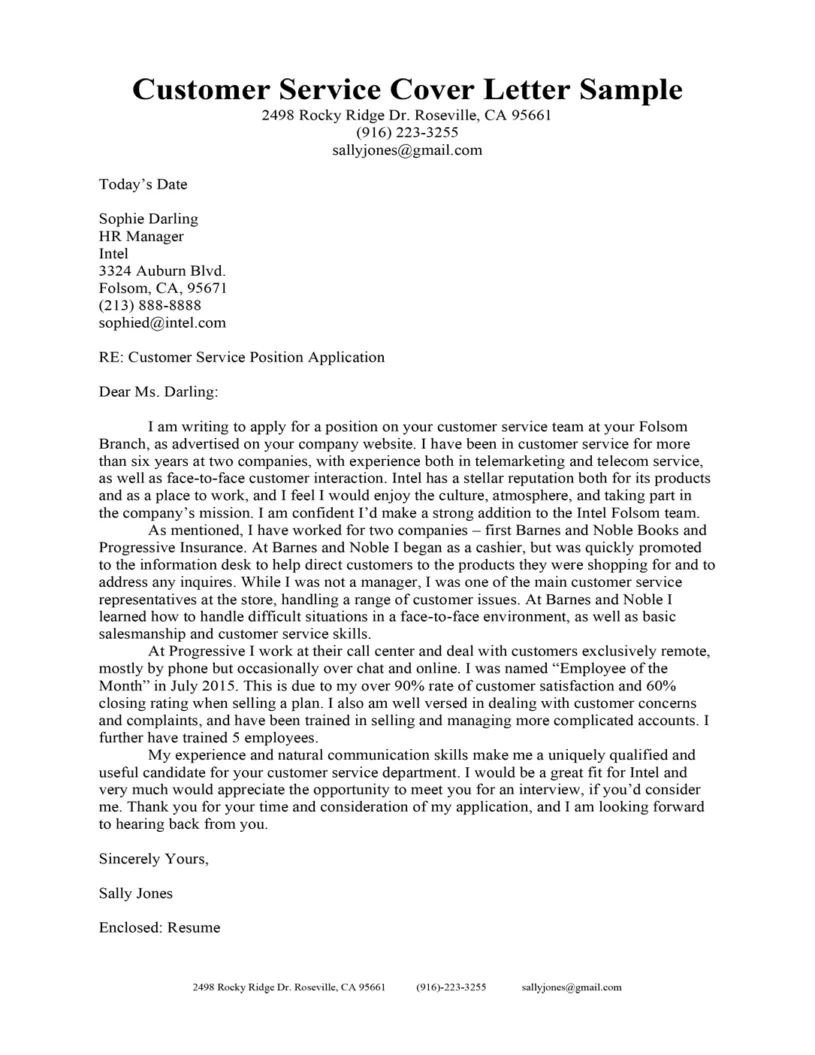
Refer to customer service cover letter examples to get ideas about how to structure and write your own. Several online resources offer free templates and samples. Pay attention to the tone, language, and formatting used in these examples. However, adapt the examples to match your skills, experiences, and the job description. Don’t simply copy and paste; personalize the examples to showcase your unique strengths. When using examples, focus on their structure and content, rather than copying them verbatim. These can inspire you, giving you a clearer understanding of how to articulate your qualifications and demonstrate your suitability for the position.
Common Mistakes to Avoid in Customer Service Cover Letters
Avoid generic cover letters; customize each one for the specific job and company. Steer clear of typos, grammatical errors, and spelling mistakes. Don’t include irrelevant information or skills that are not related to customer service. Avoid being overly formal or using jargon that the hiring manager might not understand. Never lie or exaggerate your qualifications; be honest and transparent in your application. Don’t repeat your resume word for word; instead, elaborate on your accomplishments and show, through examples, how you can make a difference in the role. Finally, don’t be negative or critical of previous employers.
Sending and Following Up on Your Cover Letter
Submit your cover letter and resume in a professional format. Attach your cover letter as a PDF to ensure the formatting stays consistent. Always follow the application instructions carefully. After submitting your application, send a thank-you note if you interview. If you haven’t heard back within a reasonable timeframe (typically one to two weeks), you can follow up with the hiring manager via email or phone. Keep your follow-up brief and professional. Express your continued interest in the position and reiterate your qualifications. Demonstrate that you are proactive and eager to learn more about the opportunity. Following up shows your initiative and that you are genuinely interested in the job.
